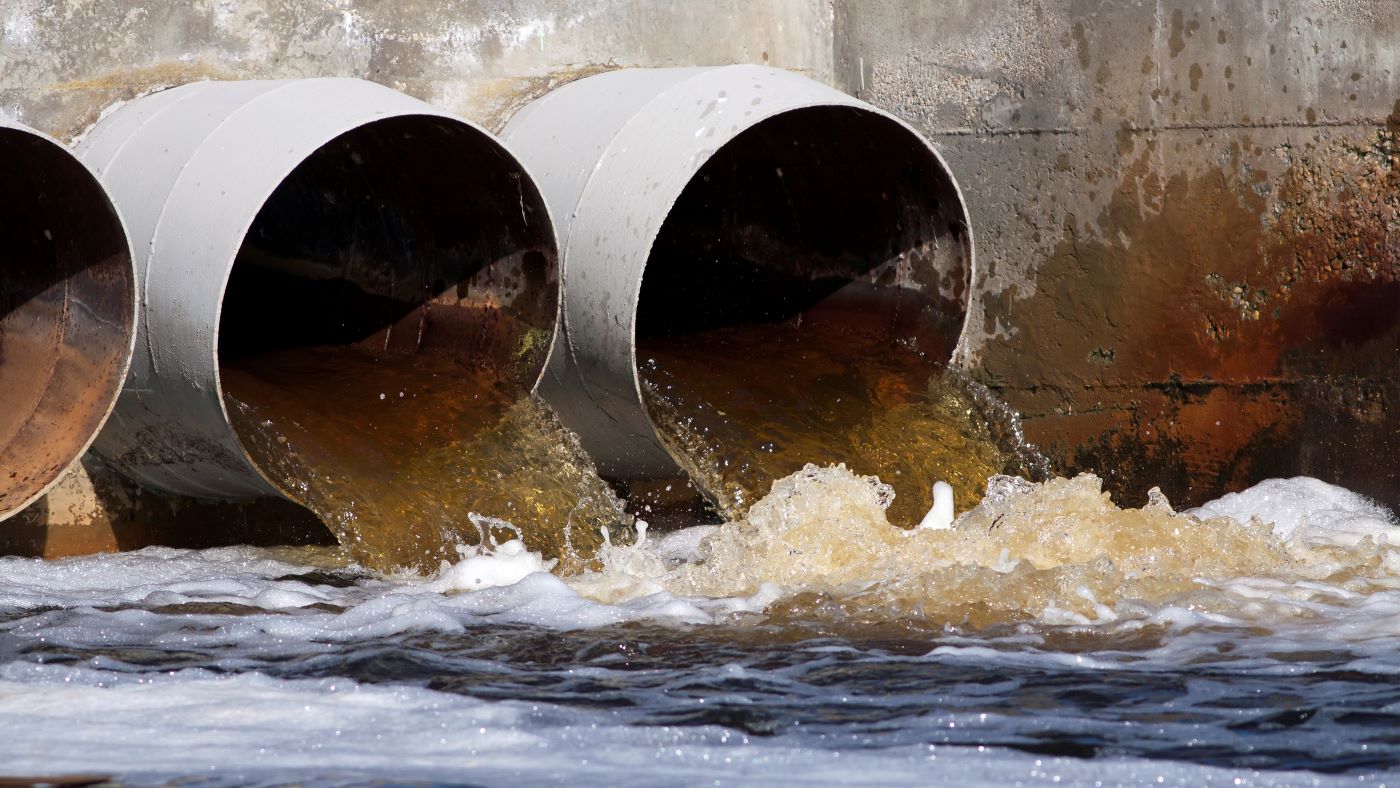Comprehensive Overview to Hazardous Waste Water Treatment Procedures
Wiki Article
Strategic Approaches to Enhance Waste Water Treatment Efficiency and Decrease Environmental Impact
In the realm of waste water therapy, the mission for enhanced performance and lowered ecological effect is a continuous challenge that demands strategic services. As culture grapples with the essential to take care of water resources sustainably, a nuanced technique comes to be necessary. The integration of sophisticated therapy modern technologies, energy-efficient procedures, resource recovery techniques, improved nutrient elimination techniques, and clever tracking and control systems stands for a complex structure for attending to these pushing issues. What exists at the core of this complicated internet of methods is the potential to revolutionize the way we approach waste water treatment, not simply as a process of disposal, however as a useful opportunity for development and environmental stewardship.Advanced Treatment Technologies
Advanced membrane filtering systems have reinvented innovative wastewater treatment procedures, substantially enhancing the elimination of impurities. These ingenious systems function by compeling water with a semi-permeable membrane layer, efficiently dividing contaminations from the water stream. The membrane layer's tiny pores trap toxins such as germs, viruses, and put on hold solids, enabling only cleansed water to pass through. This innovation has confirmed to be very efficient in removing a wide array of impurities, consisting of drugs, hefty metals, and natural substances, which are often testing to eliminate with standard therapy methods.Furthermore, membrane layer filtering systems use countless benefits over traditional therapy techniques. They need much less area, create higher-quality effluent, and are extra resistant to variations in influent water quality. Additionally, these systems are very functional and can be conveniently incorporated into existing therapy plants or utilized as standalone systems for decentralized applications. As the demand for tidy water remains to increase, the fostering of advanced membrane purification innovations is necessary to ensure reliable and lasting wastewater treatment methods.
Energy-Efficient Procedures
The assimilation of energy-efficient processes in wastewater therapy systems is crucial for maximizing resource application and reducing operational prices. One crucial strategy to enhancing energy performance in wastewater therapy is the application of innovative oygenation systems, such as fine bubble diffusers or surface aerators, which can improve oxygen transfer effectiveness and decrease energy usage.In addition, enhancing process control and automation via the use of sophisticated sensors and keeping an eye on systems can improve overall energy performance by readjusting operations in real-time based upon actual need and conditions. Executing energy audits and routinely keeping track of energy efficiency signs are important practices to identify locations for renovation and track energy-saving initiatives efficiently. Generally, the fostering of energy-efficient processes in wastewater therapy not just profits the environment however also adds to long-lasting price savings and functional sustainability.
Resource Recuperation Approaches
With a concentrate on maximizing source use and sustainability in wastewater treatment systems, the application of source recovery strategies becomes a critical facet in improving functional performance. Source healing techniques in wastewater treatment entail the recognition and removal of useful resources from the waste stream, therefore turning what was as soon as taken into consideration waste right into a valuable property. By executing resource healing methods such as nutrient removal and recovery, energy generation from raw material, and the manufacturing of multiple-use water, wastewater therapy plants can decrease ecological influence while optimizing efficiency.
Improved Nutrient Removal Techniques
Carrying out sophisticated nutrient elimination methods is necessary for optimizing the effectiveness of wastewater treatment systems. Improved nutrient removal plays an essential role in decreasing the environmental effect of cured effluent discharged right into water bodies. One of the key techniques used for boosted nutrient removal is the process of organic nutrient elimination (BNR), which involves the elimination of nitrogen and phosphorus via organic processes. This can be attained through the usage of specialized bacteria that can convert nitrogen compounds right into inert nitrogen gas through denitrification, and accumulate phosphorus within their cells through a procedure called boosted biological phosphorus removal (EBPR)
In addition to BNR, advanced treatment methods look at these guys such as membrane layer bioreactors (MBRs) and built marshes can also be employed to boost nutrient removal performance. MBRs utilize membranes to achieve premium effluent requirements by properly eliminating nutrients and put on hold solids. Created wetlands simulate natural marsh processes to eliminate nutrients through plant uptake, microbial activity, and sedimentation. By incorporating these advanced nutrient removal techniques into wastewater treatment sectors, systems and municipalities can successfully decrease nutrient air pollution and safeguard the setting.
Smart Monitoring and Control Solution
Using cutting-edge technology, the combination of clever monitoring and control systems revolutionizes the operational efficiency of wastewater treatment facilities. These systems incorporate advanced sensors and data analytics to constantly check essential parameters such as pH degrees, turbidity, dissolved oxygen, and circulation prices in real-time. By accumulating and assessing this information, drivers can obtain valuable insights right into the performance of the treatment processes, allowing aggressive adjustments to enhance treatment effectiveness.Smart monitoring and control systems additionally support remote surveillance capabilities, enabling drivers to gain access to real-time data and control functions from off-site areas. This remote availability enhances functional adaptability and responsiveness, allowing speedy treatments in situation of system breakdowns or variations in influent high quality. The anticipating upkeep capacities of these systems assist protect against tools failures and reduce downtime, ultimately boosting the total integrity of wastewater treatment procedures.
Conclusion
In verdict, strategic strategies such as advanced therapy modern technologies, energy-efficient procedures, resource recuperation approaches, improved nutrient removal methods, and smart monitoring and control systems play a critical function in boosting wastewater treatment efficiency and reducing ecological effect. By applying these strategies, wastewater treatment plants can improve their overall efficiency, decrease energy consumption, recover useful sources, and make sure compliance with ecological policies. These strategies are vital for efficient and lasting wastewater monitoring practices.
In final thought, tactical strategies such as sophisticated treatment innovations, energy-efficient procedures, source healing strategies, enhanced nutrient elimination methods, and see it here clever surveillance and control systems play a critical role in boosting wastewater therapy effectiveness and reducing environmental effect.
Report this wiki page